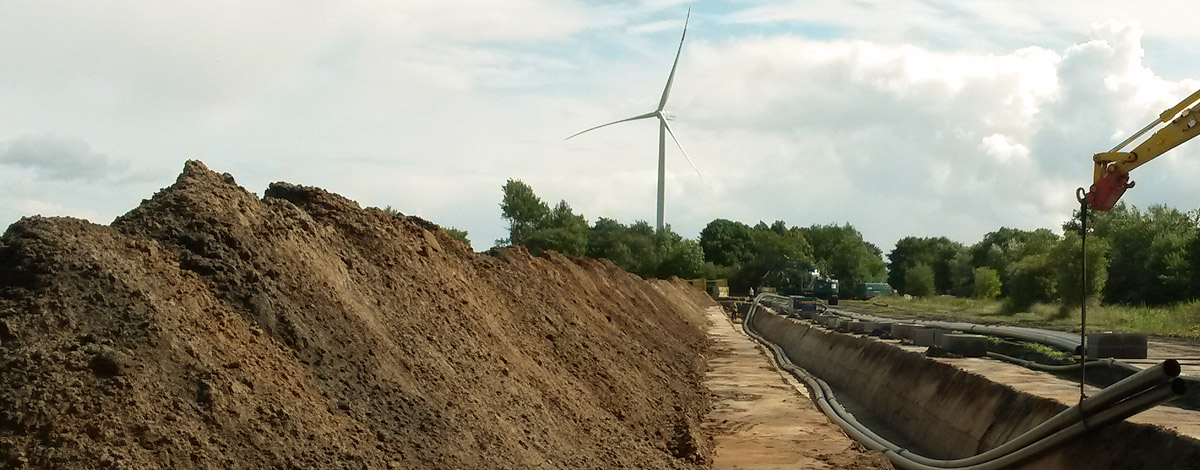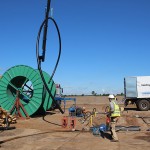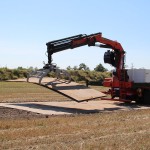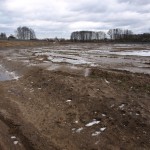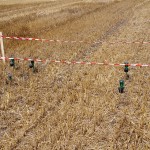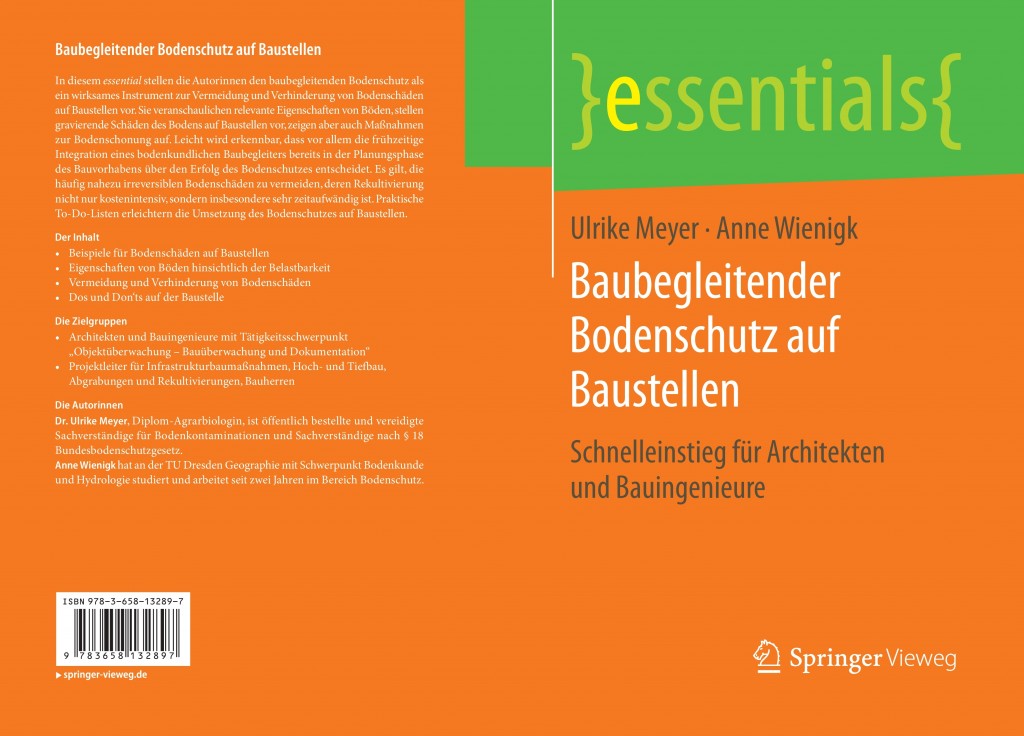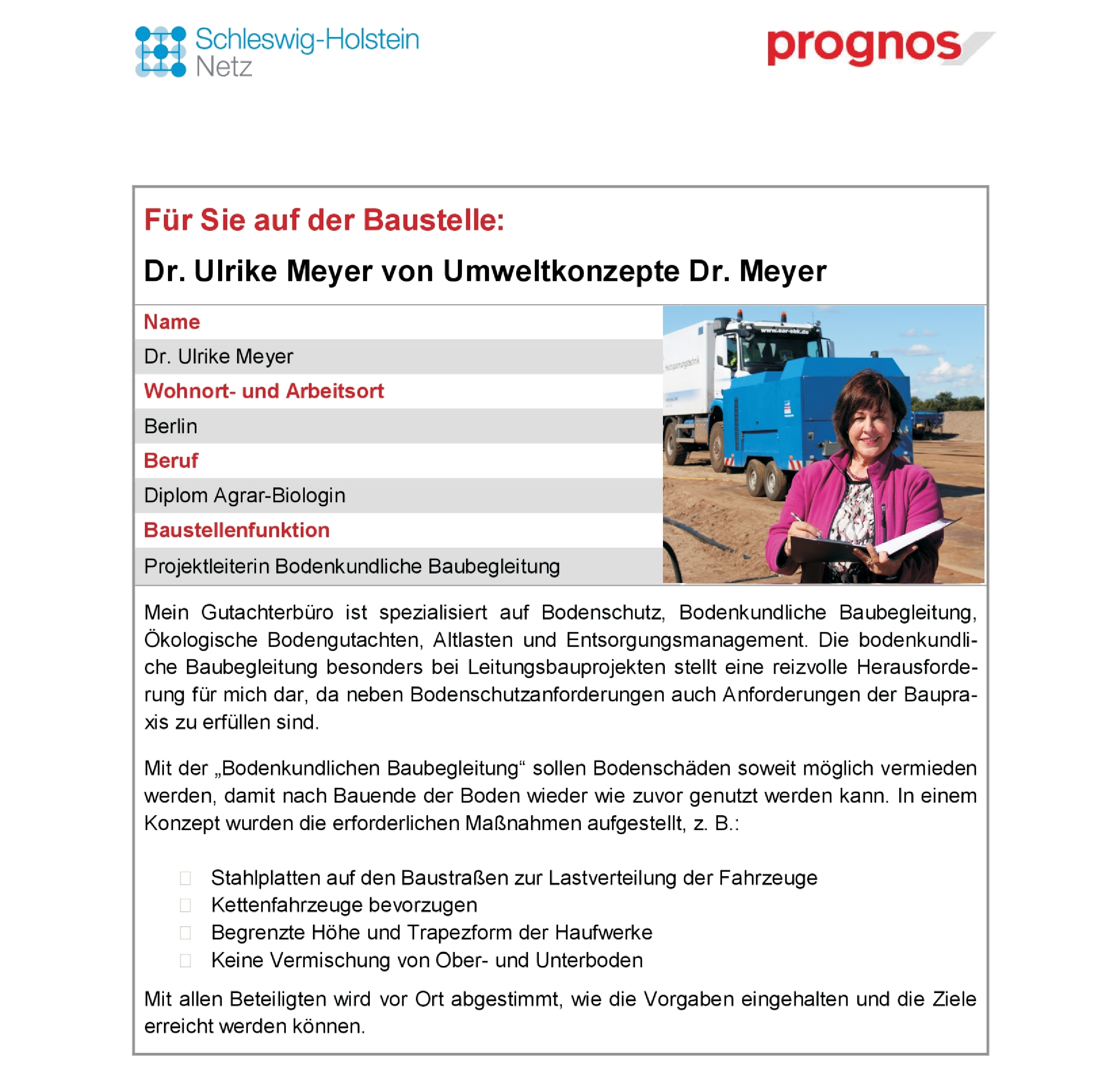Construction activities often have a significant impact on soil. Cost-intensive soil damage such as irreversible compaction, nutrient loss or pH increase may be prevented if soil is suitably managed throughout the Project.
Soil management is an effective tool for prevention of soil damage during large-scale construction projects, landscaping, at mining sites, but also during house construction and increasingly, in the installation of underground cables used for renewable energy supply.
Possible soil damage that may result from construction projects:
- irreversible soil compaction due to intensive trafficking with heavy vehicles (⇒ waterlogging, stunted plant growth)
- Loss of soil structure (⇒ waterlogging, oxygen depletion for plant roots)
- Mixing of soil layers (⇒ loss of nutrients and humus)
- Soil damage due to stockpiling (⇒ loss of nutrients and humus, topsoil deterioration)
- Increase in pH due to addition of calcareous building materials (⇒stunted plant growth)
What can we provide?
For construction projects we initially draw up a soil management plan that is in line with the specific requirements of the particular project – the region, soil condition, depth to groundwater, climate etc. Prior to the start of the project, we assess various soil parameters against which the quality of the employed soil management practices will later be compared. During the construction phase, the measures outlined in the concept are applied, controlled, optimized and documented. Examples of soil management during construction:
- haul road planning and design
- Selection of suitable construction vehicles
- Soil protection measures during stockpiling of stripped soil
- Preliminary measurements for placement of the stripped soil according to the original soil layers
- Consideration of weather (rainfall and soil moisture contents)
- Recultivation suggestions
The aim of soil management during construction projects is to preserve soil in such a way that it may continue to be used for planting either as a green area, garden or for agriculture without follow-up costs for recultivation.
Vorgaben für eine bodenkundliche Baubegleitung werden z. B. in der naturschutzfachlichen Genehmigung für ein Bauvorhaben von der zuständigen Bodenschutzbehörde formuliert.
“Baubegleitender Bodenschutz auf Baustellen – Schnelleinstieg für Architekten und Bauingenieure” von Dr. Ulrike Meyer und Anne Wienigk, Springer Vieweg Essentials

